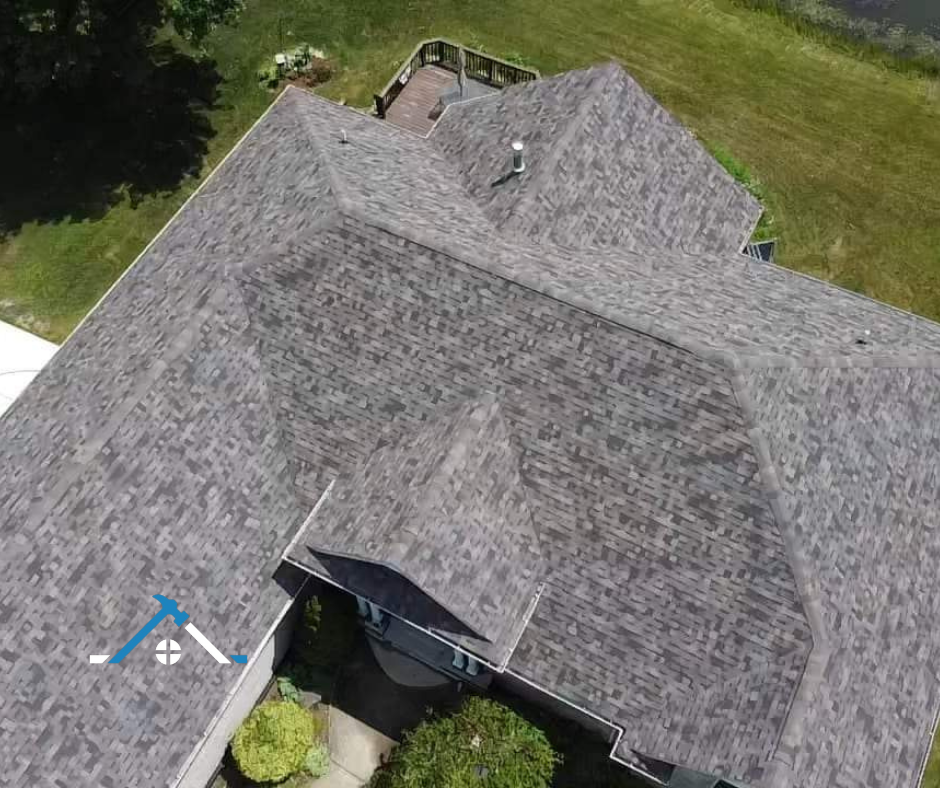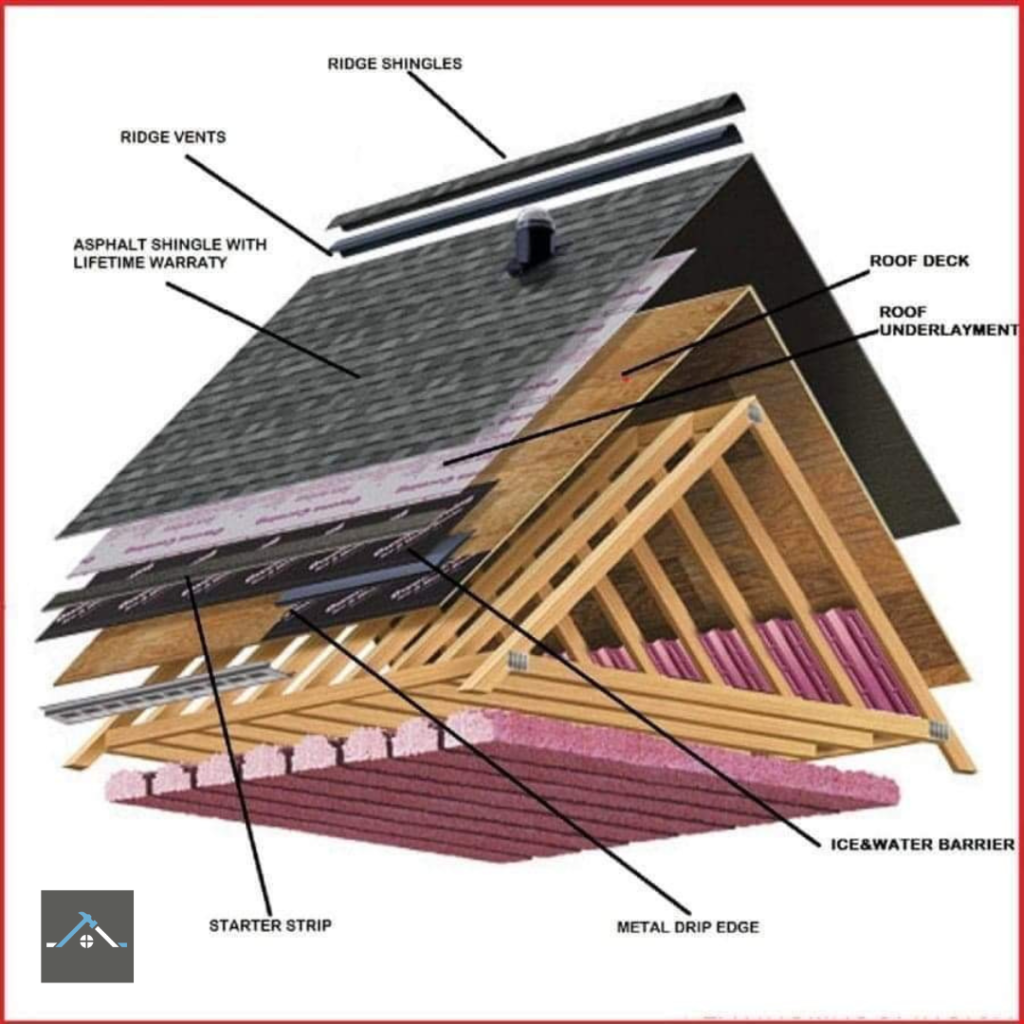As a homeowner, you understand a well-maintained roof not only protects your home from the elements, but also enhances its curb appeal and value. But, you may not know the different components that make up your residential roof. In this comprehensive guide, we will talk about some of the various parts of a residential roof and their importance. From the shingles to the underlayment, we’ll cover it all. So let’s get started!

Shingles – The First Line of Defense
The shingles are the outermost layer of a residential roof and act as the first line of defense against rain, snow, UV rays, and other environmental factors. They come in various materials, such as asphalt, wood, metal, and slate, each with its own pros and cons. Asphalt shingles are the most common type of shingles used in residential roofing due to their affordability, durability, and versatility. They are available in different styles, colors, and textures, allowing homeowners to choose the perfect option for their home’s aesthetic and budget.
Underlayment – Protecting Your Roof Deck
Underneath the shingles lies the underlayment, a layer of material that serves as an additional barrier against moisture and water infiltration. It is typically made of synthetic materials or asphalt-saturated felt and is installed directly on top of the roof deck. The underlayment acts as a protective barrier, preventing water from seeping into the roof deck and causing damage. It also helps to improve the overall insulation and energy efficiency of the roof.
Roof Deck – The Foundation of Your Roof
The roof deck is the foundation of your residential roof and provides structural support to the entire roofing system. It is typically made of wood, plywood, or oriented strand board (OSB) and is installed on top of the rafters or trusses. The roof deck serves as the base for the underlayment and shingles, providing stability and strength to the entire roofing system. It is crucial to ensure that the roof deck is properly installed and in good condition to prevent sagging, leaks, and other structural issues.
Flashing – Keeping Your Roof Watertight
Flashing is a critical component of a residential roof that helps to prevent water from seeping into vulnerable areas, such as roof valleys, chimneys, vents, and skylights. It is typically made of metal, such as aluminum or copper, and is installed at intersecting points on the roof. Flashing is designed to create a watertight seal, preventing water from infiltrating the roof and causing leaks. Properly installed and maintained flashing is essential to ensure the longevity and performance of your residential roof.
Gutters and Downspouts – Managing Rainwater
Gutters and downspouts are essential parts of a residential roof that are responsible for collecting and directing rainwater away from the roof and foundation of the home. Gutters are installed along the edges of the roof, and downspouts are vertical pipes that carry the rainwater down to the ground or a drainage system. They help to prevent water from pooling on the roof, which can cause damage to the shingles and roof deck, and also protect the foundation from water runoff. Regular cleaning and maintenance of gutters and downspouts are crucial to ensure their proper functioning and prevent clogging and water damage.

We believe that understanding the different parts of a residential roof will help you properly maintain and protect your investment. From the shingles to the underlayment, flashing, roof deck, and gutters, each component plays a crucial role in keeping your roof watertight and in optimal condition.
Make sure to invest in regular inspections, maintenance, and repairs to ensure the longevity and performance of your roof. With proper care and attention, you can enjoy a durable, reliable, and beautiful residential roof that will protect your home for years to come.
